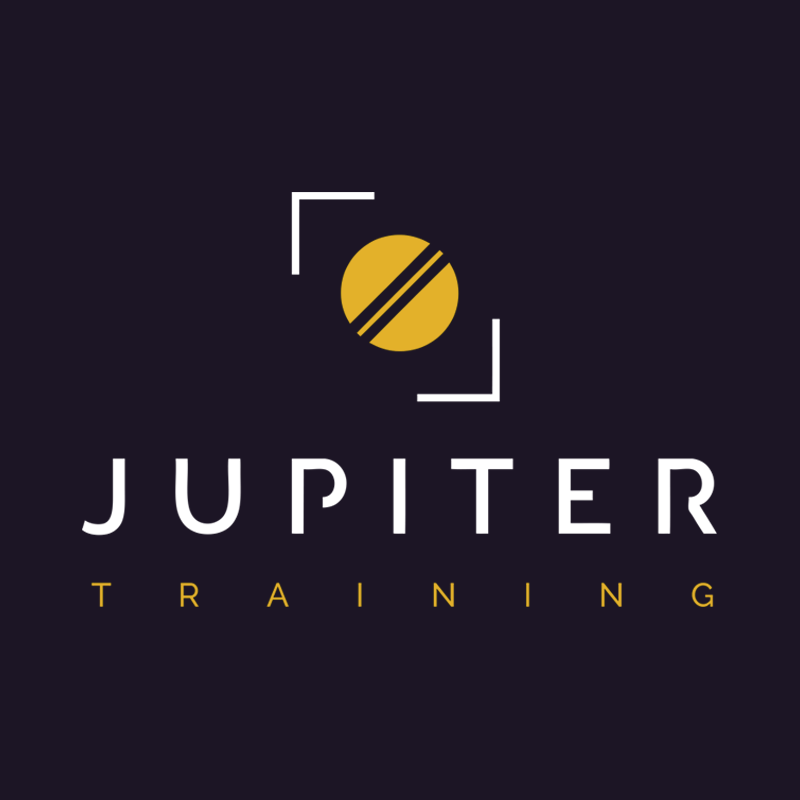- Duration: 70 Hours
- Timings: Part Time, Flexible
Course details
Chapter 1: ERP IntroductionUnit 1: ERP Overview
- ERP Concept History
- Why ERP
- ERP brands and products
- History
- Products and Industry Packages
- System Navigation and Login
- System Concept
- Sales Order Management
- Procurement Cycle
- Customer Relationship management
- Enterprise Assets Management
- Program and Project Management
- Human Capital Management
- Analytics
Unit 3: Financial Accounting Business Concept
- Business Overview
- Business Cases
ledger.
Master data.
Create, change, display as individual processing.
Change, display as collective processing.
Document entry.
Park document.
Post document.
Clear document.
Manage document.
Change document.
Process parked document.
Process recurring entries
Reverse posted documents.
Periodic processing.
Automatic clearing.
Recurring entries.
Valuate.
Carry forward.
Open/close posting periods.
Enter exchange rates.
Information system (Standard reports).
2. Accounts receivable.
Master data.
Create, change, display.
Document entry from FI and SD modules.
Park & post invoice/memos.
Park & post incoming payments.
Down payments.
Bill of exchange (Portfolio for incoming checks). (Advanced)
Manage document.
Change document.
Process parked document.
Process recurring entries
Reverse posted documents.
Periodic processing.
Automatic clearing.
Recurring entries.
Valuate.
Information system (Standard reports).
3. Accounts payable.
Master data.
Create, change, display.
Document entry from FI and MM modules.
Park & post invoice/memos.
Park & post incoming payments.
Down payments.
Checks.
Manage document.
Change document.
Process parked document.
Process recurring entries
Reverse posted documents.
Periodic processing.
Automatic clearing.
Recurring entries.
Valuate.
Information system (Standard reports).
4. Banks:
Master data:
Bank key.
House bank & account IDs.
Bank statement.
Cash journal.
5. Fixed assets:
Master data.
Create, change, display, delete fixed asset.
Create, change, display, delete fixed asset (Sub-number).
Postings.
Acquisition.
Transfer.
Retirement.
AUC settlement.
Change, reverse document.
Periodic processing.
Depreciation run.
Post revaluation.
Year-end closing activities.
Information system (Standard reports).
6. Difference between ECC6 & S4Hana.
Chapter 3 – Configuration
1. Organizational structure.
Overview of SAP modules organizational structure.
Company code.
Credit control area
Business area.
Functional area.
Segment.
Profit center.
2. Financial global settings.
Company code global settings.
Fiscal year variant.
Posting period variant.
Field status variant.
Ledgers.
Cost of sales.
Document.
Document types.
Document ranges.
Posting keys.
Rules for Changing Documents
Tolerance groups.
Default values.
Recurring entries.
Financial statement version.
Sales tax. (Basic)
Withholding tax. (Basic)
CO-FI Real time integration.
3. General ledger accounting.
Chart of accounts & account groups.
Document splitting.
Cross company transactions.
Periodic processing.
Valuate.
Carry forward.
4. Accounts receivable.
Master data:
Account groups.
Screen layout.
Business transactions.
Payment terms.
Automatic accounts for discounts, price difference, exchange rate difference, rounding difference, over & under payment.
Tolerance groups.
Down payment.
Posting with alternative reconciliation accounts.
5. Accounts payable.
Mater data:
Account groups.
Screen layout.
Business transactions.
Payment terms.
Automatic accounts for discounts, price difference, exchange rate difference, rounding difference, over & under payment.
Tolerance groups.
Down payment.
Posting with alternative reconciliation accounts.
6. Bank accounting.
Bank master data.
Bank keys.
House banks.
Business transactions.
Manual banks statement.
Cash journal.
7. Asset accounting.
Organizational structure.
Asset classes.
Chart of depreciation.
Depreciation areas.
Integration with general ledger.
Depreciation.
Transactions: Acquisition, transfer, retirement, AUC.
Updated on 30 January, 2024
Job roles this course is suitable for:
SAP FI/CO Consultant , SAP FI Junior Consultant , Business analyst SAP FICourse Location
About Jupiter2000
Jupiter2000 is a Training and Business Applications Software Company, established in 1996 and headquartered in Egypt, provides a fully integrated learning solutions in Project Management, Finance, Human Resources, Sales, Marketing and IT Courses (ERP Software, Programming, Database Administration) Beside Offering Software Applications Services (Readymade and Custom Solutions) and ending with IT/IS Support, Infrastructure and Outsourcing Services. Jupiter2000 is a Certified Partner of (SAP, Microsoft, IBM, Oracle, Pearson VUE, Prometric) and PMI Education Provider.
See all Jupiter2000 courses- JavaScript Full stack web developer virtual internship Virtual Bootcamp + Internship at LaimoonAED 1,449Duration: Upto 30 Hours
- Mastering Information System Management Global EdulinkEGP 1,844Duration: Upto 15 Hours
- CompTIA A+ Core 2 (220-1102) Skill-UpEGP 855Duration: Upto 17 Hours

